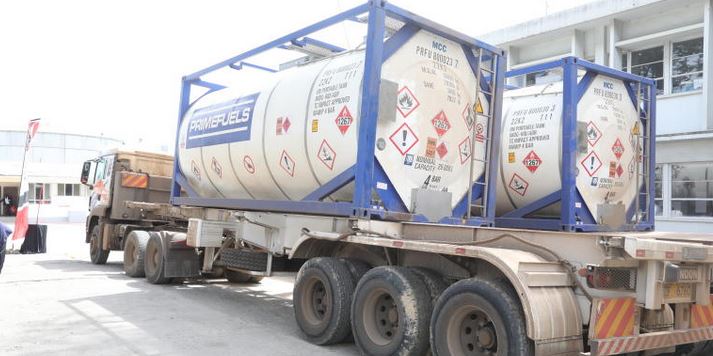mwaswast
JF-Expert Member
- May 12, 2014
- 12,777
- 6,454
Ifikie Geza na wengineo wanaofikiria projects Kenya zilisimama
eliakeem joto la jiwe Geza Ulole mkorinto Ndekrepha Mbolabilika bagamoyo MOTOCHINI ichoboy01 Chamoto ndio hii Port of BagamoyoNew Kipevu Ofshore Oil Terminal
U/C , It will be the biggest oil Terminal on the Eastern Seaboard of Africa!



Hizo pilons/pipes zinatengezwa Lamu kwa workshop iliotumika kutengeneza pilons za Bandari ya Lamu na husafirishwa na meli hadi Mombasa...

h






